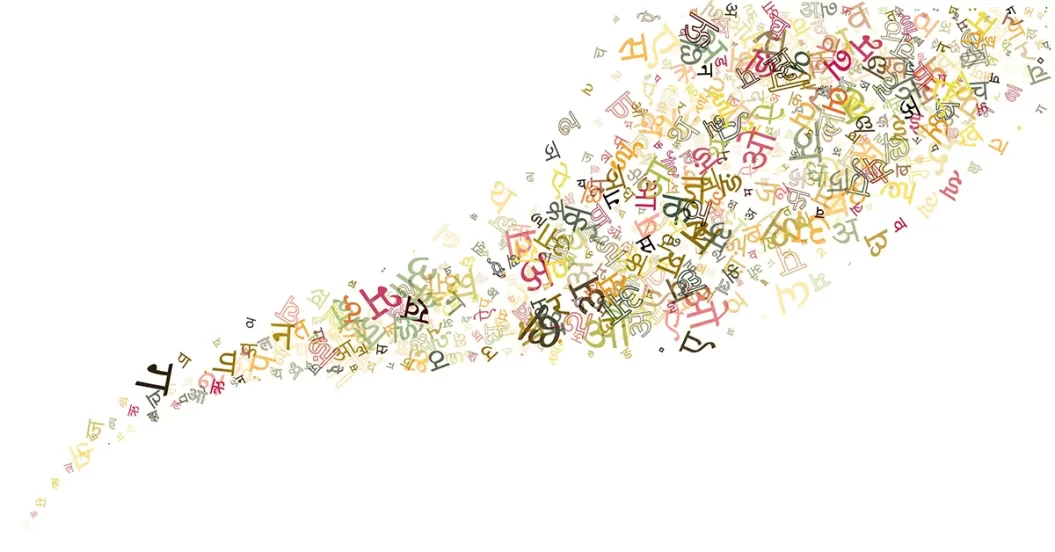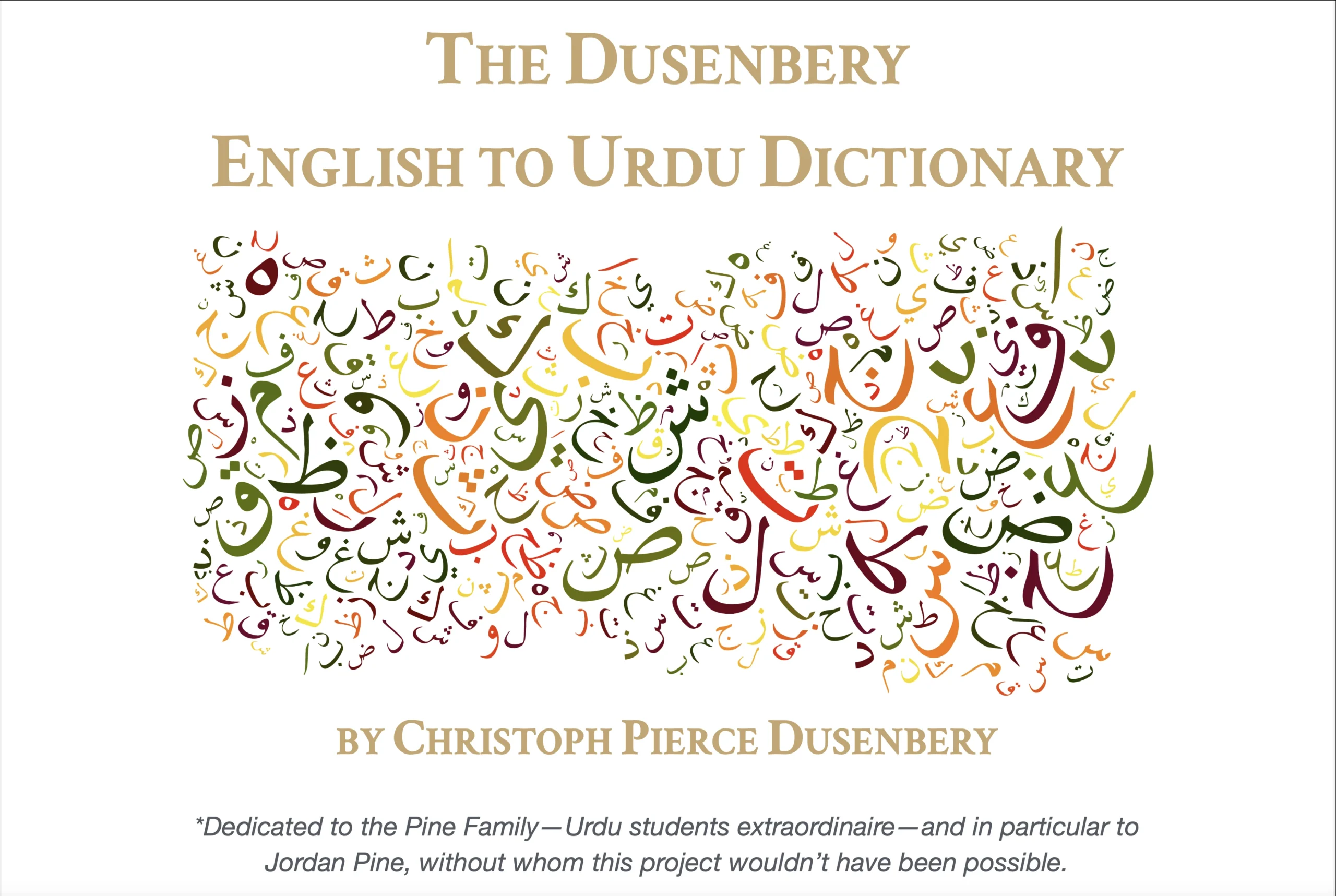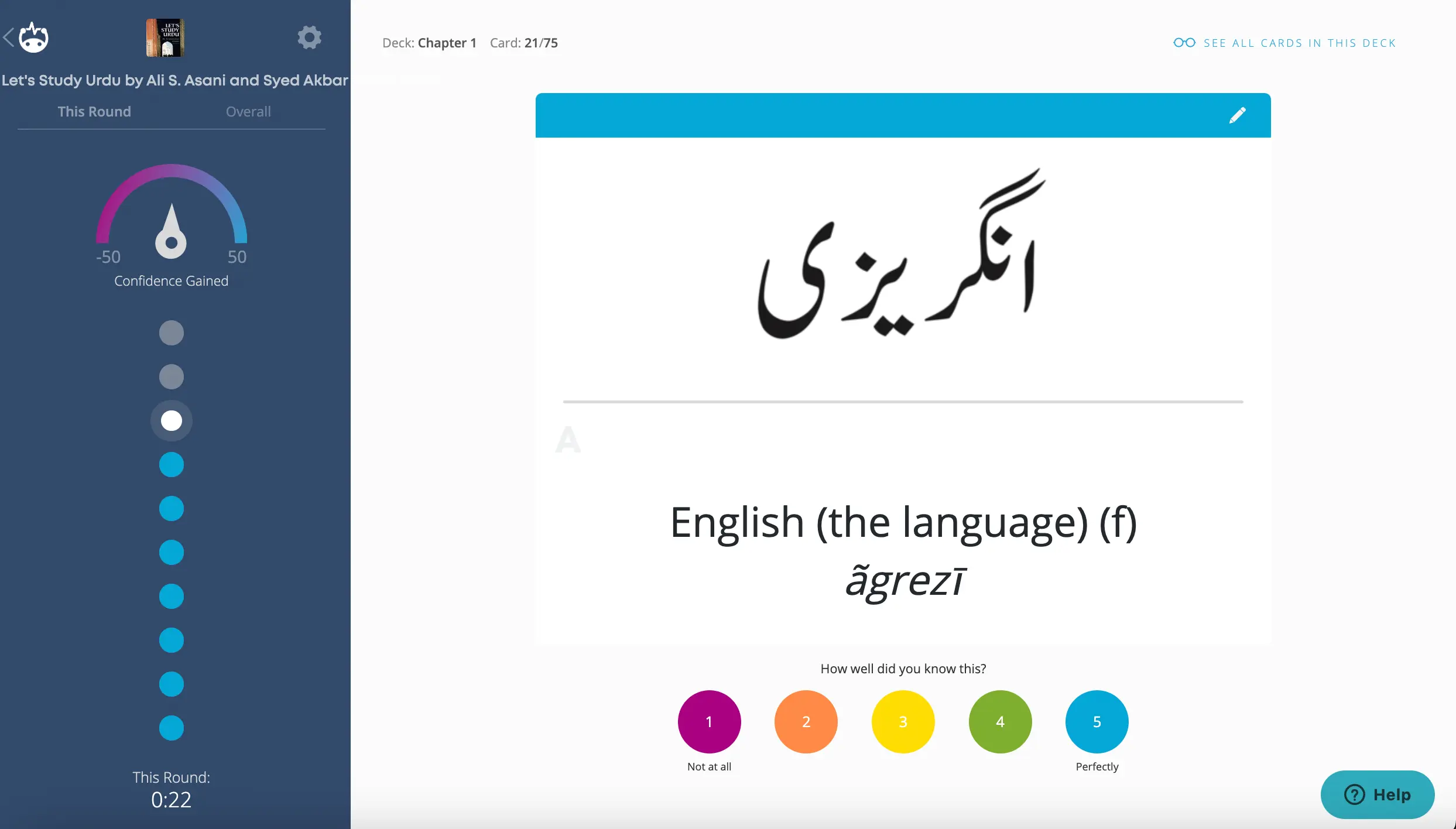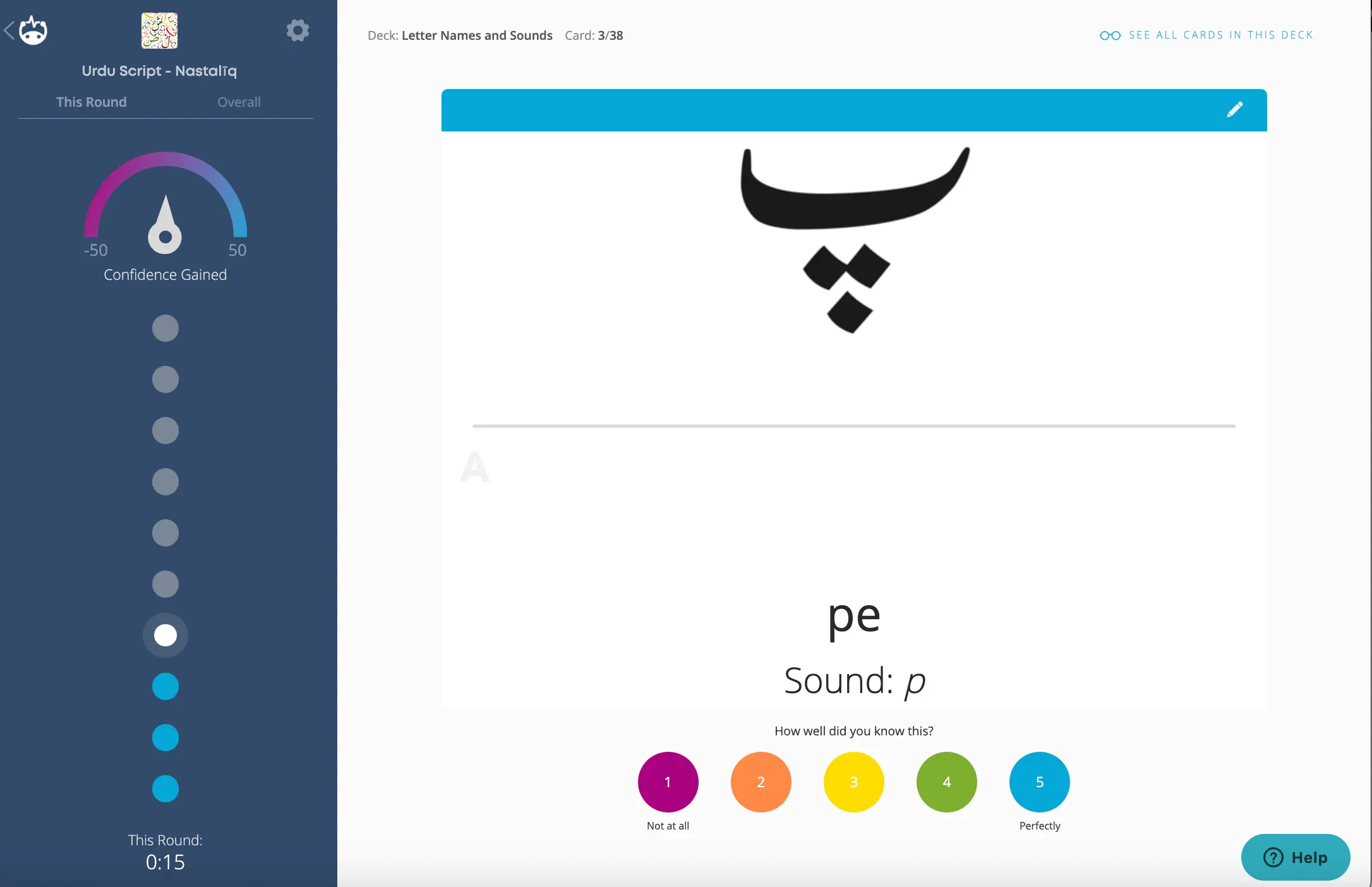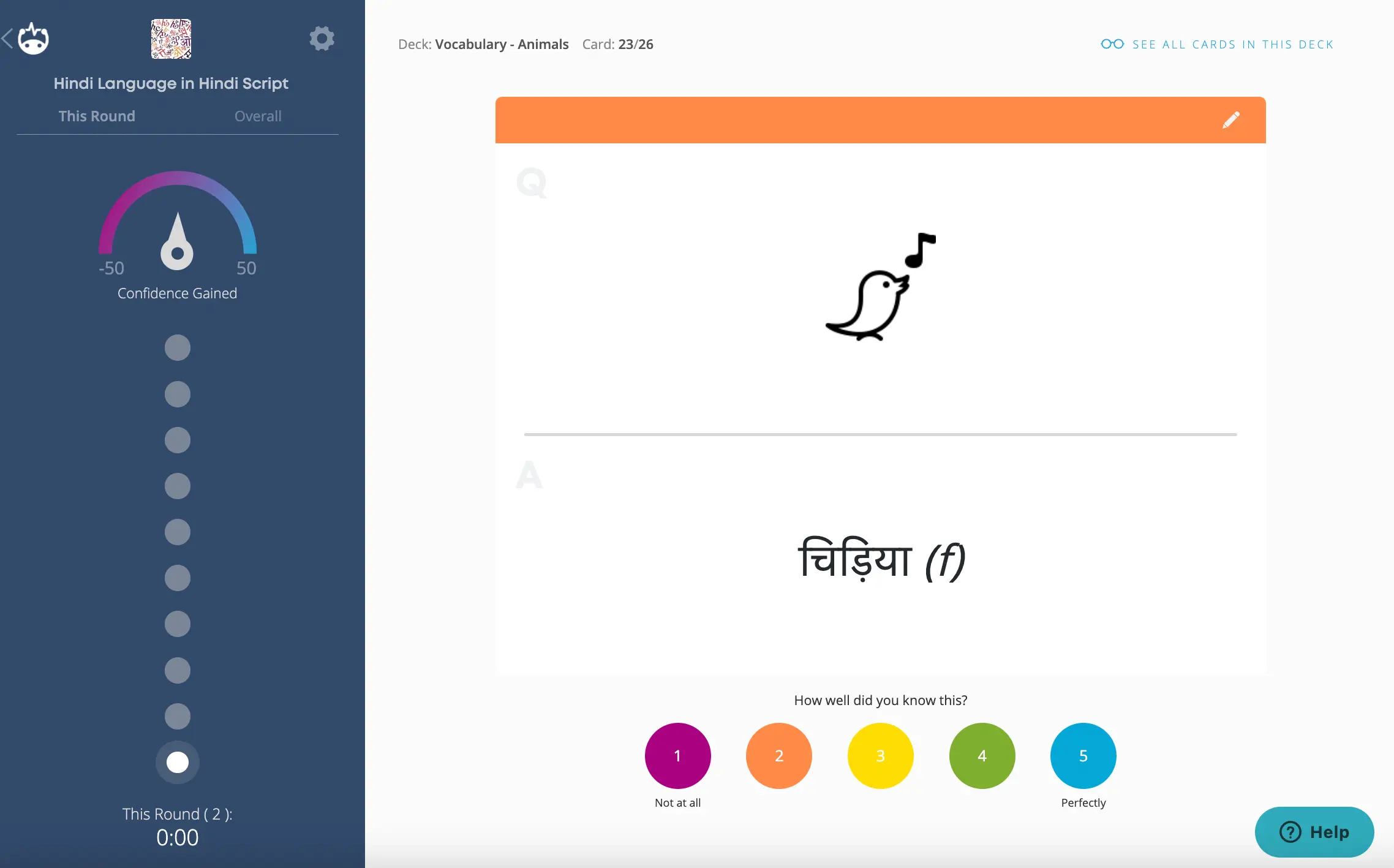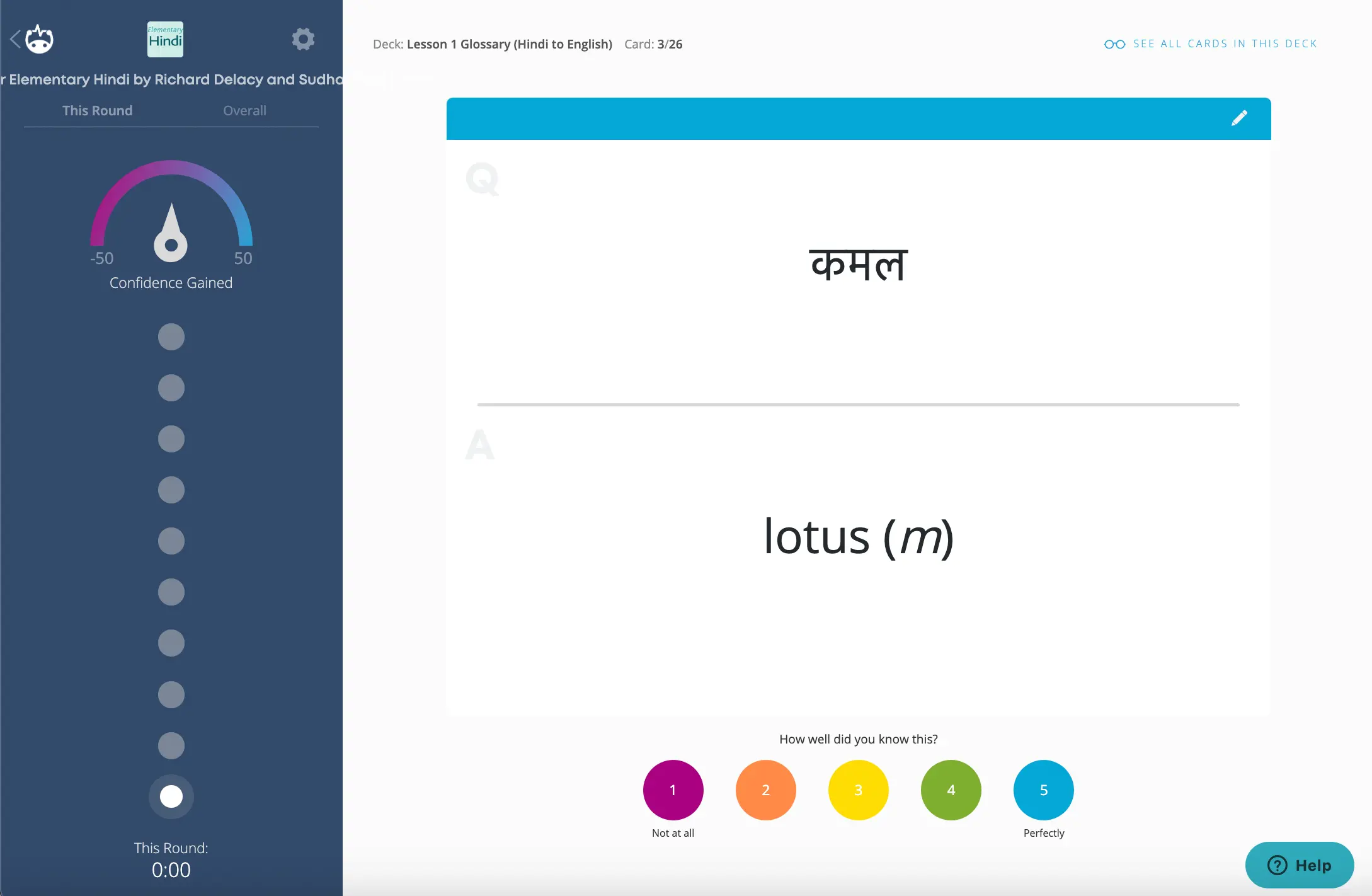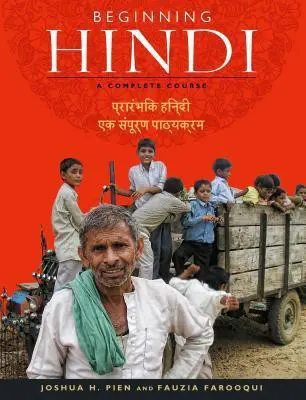Many Hindi and Urdu students hit a plateau around the upper-intermediate to low-advanced levels. At this point, students are familiar with nearly all the grammatical structures of the languages and know enough vocabulary to realize just how vast Hindi and Urdu’s lexicons are!
In a university class, students at this level often read literary short stories and may also start venturing into reading news articles. As an advanced-level student at the American Institute of Indian Studies’ Hindi Language Program in Jaipur, I had a similar experience. While some of my assigned readings were rich in content and more or less at my level, others were so full of new words that the task became tedious. Some readings contained so many unknown words that by the time I got to the end of a sentence (having thumbed through my dictionaries), I would forget the meanings of the initial words (I always tried to avoid writing any English on my Hindi readings). When the language input is overly challenging, students naturally feel frustrated and may even give up altogether. This is why it's so important for students to read for fun.
I continued to slog through the difficult texts during my year in Jaipur, but I also began reading a variety of other materials that I found much more accessible: children’s books, comics, translations from English into Hindi, entertainment news full of Hinglish, and some trashy novels found at bus and train stations. Not only did I start to have fun, but my reading skills, vocabulary, and comfort level with the language also improved significantly.
This might seem like fairly obvious advice. After all, most of us grow up reading for fun in our native languages for years before tackling more challenging and “serious” texts. However, due to the academic approach to Hindi and Urdu in Western universities, students often feel pressured to take that leap whether or not they’re ready. Additionally, Hindi and Urdu have much less developed young-adult literatures as compared to the vast options available in English. You have to search a little harder to find texts that are at your level and that you also find interesting.
Let me leave you with a few general guidelines to encourage an enjoyable reading experience:
1. Start Simple: Begin with Hindi-Urdu materials that match your current level. Children’s books, comics, and translated texts can be great starting points.
2. Explore Diverse Genres: Don’t limit yourself to one genre. Explore fiction, non-fiction, news articles, and even entertainment magazines.
3. Read Familiar Texts: Read about topics you already know about or texts that you've already read in English so that you can understand new vocabulary in context.
4. Discuss: Find someone who can read the same text and discuss its content with you, ideally in Hindi-Urdu. Of course, this can also be accomplished in class!
5. Stay Consistent: Make reading in Hindi or Urdu a regular habit. Even 15-20 minutes a day can make a significant difference over time.
